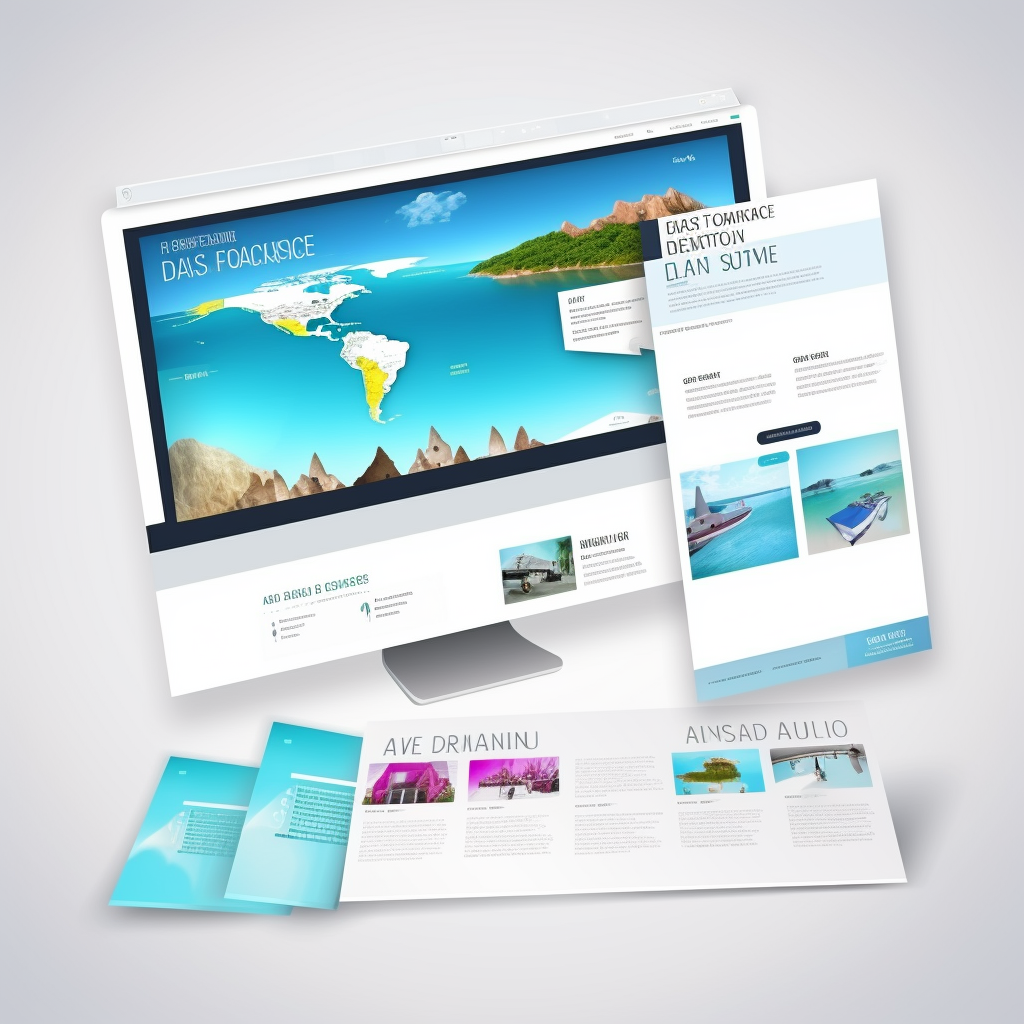As a tourism business, having an engaging website is essential for achieving success. Your website is often the first point of contact with potential customers, and it is important to optimize it to ensure the best possible user experience. By taking the time to optimize your tourism website, you can boost engagement and increase the number of visitors to your site. This article will provide you with tips and strategies on how to optimize your tourism website for maximum engagement.
Analyzing Your Current Website
When it comes to running a successful tourism website, optimization is key. Optimizing your website for maximum engagement requires understanding current performance and where there is room for improvement. We will provide guidance on how to optimize your tourism website for maximum engagement, including analyzing your current website, assessing performance, and identifying areas for improvement.
- Assessing Your Current Website’s Performance. When analyzing your current website, it is important to assess its performance in order to identify areas for improvement. This can be done by looking at metrics such as pageviews, bounce rates, time on page, and conversion rates. These metrics can provide insight into how users are interacting with your website and which areas may need to be optimized.
- Identifying Areas for Improvement. Once you have assessed your website’s performance, you can begin to identify areas for improvement. This can include making changes to the website’s design, such as simplifying navigation, streamlining checkout processes, and improving page loading speed. Additionally, optimizing content and enhancing website features can help to improve the overall user experience and engagement.
Enhancing Your Website
If you want to maximize engagement for your tourism website, it is essential to optimize it for the best user experience. This includes improving navigation, incorporating multimedia elements, optimizing for search engines, and utilizing social media platforms. By following these steps, you will be able to create a website that is both appealing and highly engaging.
- Improving Navigation: Navigation should be the primary focus of your website. It should be easy to find and understand, with clear labels and intuitive menus. Navigation should also be consistent throughout the website, so that users don’t have to relearn the navigation when they move from one page to another. By providing relevant and helpful content such as detailed destination guides and travel tips, the website will be more useful to customers and help them plan their trips.
- Incorporating Multimedia Elements: Incorporating multimedia elements such as videos, images, and audio can help to engage visitors and keep them on the page for longer. It also adds a layer of interactivity and engagement that will help to boost your website’s appeal. Additionally, by incorporating features such as customer reviews, interactive maps, and online booking customers will be able to quickly and easily find the information they need.
- Optimizing for Search Engines: Optimizing your website for search engines is essential if you want to get traffic from organic search. This includes optimizing your titles and meta descriptions, as well as making sure your website is properly indexed and has high-quality content.
- Utilizing Social Media Platforms: Social media platforms can be a great way to reach potential customers and engage with them. You can use these platforms to share updates, answer questions, promote new destinations, and share travel experiences. This will help to increase visibility and engagement with your website. On our website you can also learn more about social influencers and their role in modern travel marketing.
In conclusion, optimizing your tourism website for maximum engagement requires a combination of technical SEO, content marketing, and user experience design. By focusing on search engine optimization, creating content that appeals to your target audience, and making sure your website is easy to navigate and use, you can increase user engagement, conversions, and profits. With the right tools and tactics, you can make sure your tourism website attracts the right visitors and encourages them to take action.
This can be done by looking at metrics such as pageviews, bounce rates, time on page, and conversion rates. These metrics can provide insight into how users are interacting with your website and which areas may need to be optimized.
Navigation should be the primary focus of your website. It should be easy to find and understand, with clear labels and intuitive menus. Navigation should also be consistent throughout the website, so that users don’t have to relearn the navigation when they move from one page to another. By providing relevant and helpful content such as detailed destination guides and travel tips, the website will be more useful to customers and help them plan their trips.
Social media platforms can be a great way to reach potential customers and engage with them. You can use these platforms to share updates, answer questions, promote new destinations, and share travel experiences. This will help to increase visibility and engagement with your website.
